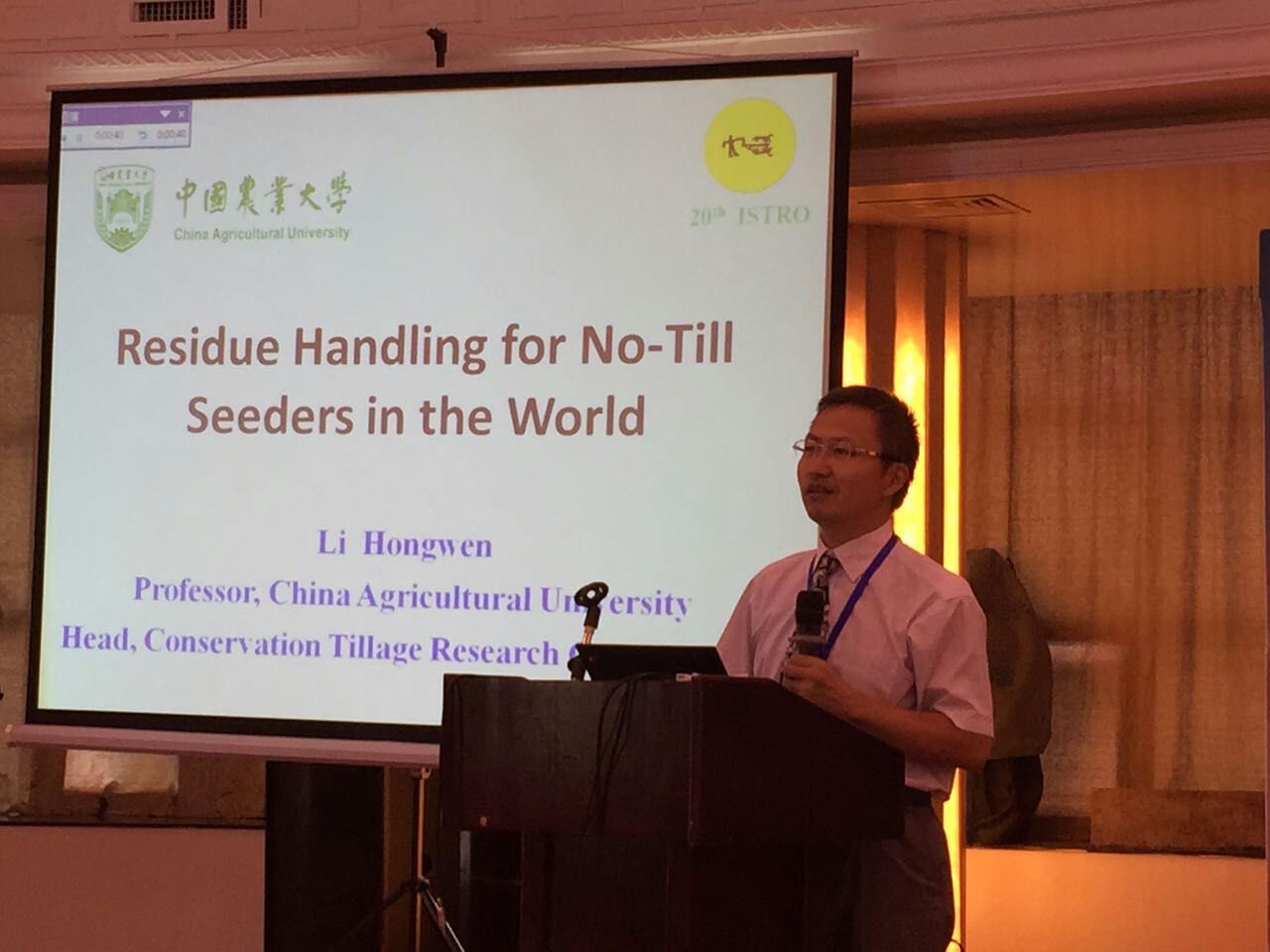Soil Structure and Crop Performance After 10 Years of Controlled Traffic and Traditional Tillage Cropping in the Dryland Loess Plateau in China
October 20,2015Infos:
Soil degradation and the accompanying decline in crop yields are the main limiting factors for the further development of agriculture on the Chinese Loess Plateau. A 10-year experiment was conducted in Linfen on the Loess Plateau to assess the potential benefits of controlled traffic on agricultural production. In this region, long-term traditional ploughing with straw removal has resulted in a decline of soil productivity and poor soil structure. Several treatments were compared: controlled traffic with no-tillage and straw cover (NTSC), controlled traffic with shallow tillage and straw cover, and traditional tillage (TT) in a winter wheat (Triticum aestivum L.) monoculture. Results show clear benefits of controlled traffic farming. Winter wheat growth in ploughed plots was much slower than in controlled traffic plots. Mean yield from 1998 to 2007 was 11.2% lower for traditional tillage than for controlled traffic plots. The best results were achieved by a no-tillage straw cover and controlled traffic system (NTSC), which resulted in the greatest benefits to soil structure after 10 years. The NTSC significantly improved soil organic matter content in the top 30 cm by 27.2%, total N by 10.8%, and available P (top 10 cm) by 92.3% compared with TT. Aeration (960 Km) and capillary porosity (2Y60 Km) were 155.0% and 16.1% greater, respectively, in NTSC plots than in TT plots. Consequently, for NTSC, final water infiltration rates were 67.4% greater than for TT, whereas water content in the top 130 cm was 14.9% higher than in TT, respectively. We conclude therefore that controlled traffic combined with no-tillage and straw cover is a valuable system for restoring soil productivity and quality of seriously degraded soils on the Loess Plateau
for the sustainable development of agriculture in dryland China.
Featured Downloads
- Traffic and tillage effects on wheat production on the Loess Plateau of China: 2. Soil physical properties 2015-10-20
- Thoughts on developing small/medium size...... 2015-10-20
- Effects of 10 years of conservation tillage on soil properties and productivity in the farming–pastoral ecotone of Inner Mongolia, China 2015-10-20
- Design and Experiment of ф-type-knots Knotters on Chinese Small Square Balers 2015-10-20
- Conservation Agriculture in the 21st Century 2014-06-23
- Effects of 15 years of conservation tillage on soil structure and productivity of wheat cultivation in northern China 2015-10-20
